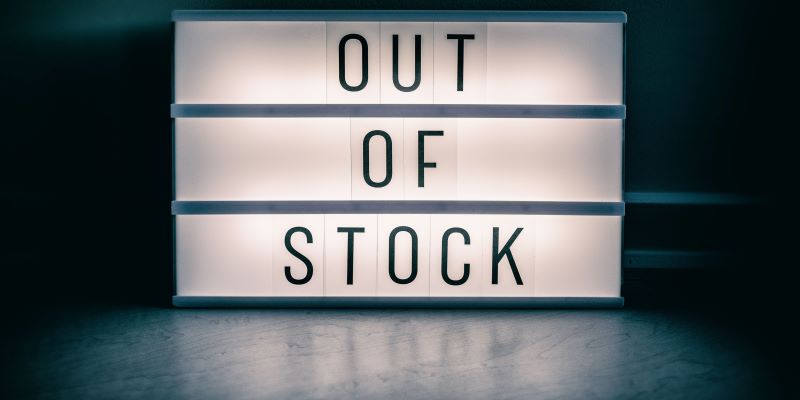The Fashion Industry’s Supply Chain Challenges
The world of fashion, often hailed as a space full of allure and dynamism, encounters its own set of trials. These trials mostly consist of supply chain issues. Before the Covid-19 pandemic, companies across various sectors struggled with significant disruptions in their supply chains, leaving major impacts on consumers. The unavailability of products that were sought after, coupled with visits to stores in vain, increased this struggle. However, it is imperative to engage with this discourse at a business level as well, empowering us to become discerning consumers and shop with greater responsibility. This blog will explore the fashion industry’s supply chain challenges and ways to mitigate them.

Supply Chain Issues in the Fashion Industry
Fluctuating Consumer Demand: Overestimating or underestimating consumer demand can cause too much stock or a lack of stock, both of which consequences will cause major financial issues for the business.
Raw Material Procurement and Sustainability: Environmental considerations, ethical sourcing norms, and the call for transparency have compelled fashion brands to reassess their supply chains.
Supplier Relationships and Ethical Practices: Many fashion brands have come under scrutiny for unethical practices within their supply chains, encompassing substandard working conditions, meagre wages, and child labour.
Transportation and Logistics Challenges: Shipping delays, disruptions in freight services, and escalating transportation costs pose recurrent challenges for the fashion industry.
Regulatory Compliance: Non-compliance can entail legal ramifications, product recalls, and tarnished brand reputations. Keeping abreast of evolving regulatory frameworks constitutes an ongoing challenge for fashion entities operating on a global scale.

Mitigating Strategies
Structural Reforms: Harrods, the esteemed UK-based department store, has initiated structural reforms in its supply chain management to align with prevailing supply chain dynamics. Harrods adheres to four pillars, dubbed as “the magic square,” to bolster its supply chain resilience. These pillars encompass sourcing locally to mitigate risks, enhancing cost efficiency, expediting customer service, and improving service quality. Embracing this revamped initiative, Harrods has decentralised some of its manufacturing operations from China to locales in the UK and Europe. This strategic manoeuvre, spurred by deliberations within the G7 Nations, highlights the imperative to diversify manufacturing hubs to mitigate supply chain vulnerabilities. Termed as nearshoring, this paradigm shift not only augments supply chain resilience but also attenuates environmental footprints by curbing extensive travel.
Education To Mitigate Supply Chain Issues
The Bachelor of Commerce (BCom) in International Supply Chain Management the IMM Graduate School is like a rare gem in the fight against supply chain troubles in the fashion world. Accredited by the Council on Higher Education (CHE) and offering NQF level 7, this qualification gives you the lowdown on all things supply chain – from how things move to the nitty-gritty of logistics and info management, all vital for things running smoothly in fashion.
In a place like South Africa, where top-notch supply chain talent is rare, this certification offers a golden ticket to fill the void. Global studies show that the demand for supply chain professionals is through the roof, leaving us begging for more skilled professionals in the game.
Once you’ve wrapped up the degree, you’re armed with the skills needed to navigate the labyrinth of supply chain intricacies, making you a real asset to any organisation. Plus, it’s a perfect springboard into industries hungry for supply chain know-how, and yes, that includes the glamorous world of fashion.

In summation, the supply chain issues confronting the fashion industry have supply chain professionals looking for solutions every day. Mitigating these challenges requires a comprehensive approach encompassing ethical precepts, sustainable procurement practices, and seamless communication across the supply chain. As consumer consciousness regarding these issues grows, fashion brands proactively grappling with supply chain issues stand poised not only to mitigate risks but also to foster trust and credibility in an increasingly discerning market. The future prosperity of the fashion industry hinges upon its capacity to adapt, innovate, and forge a more resilient and sustainable supply chain ecosystem.
